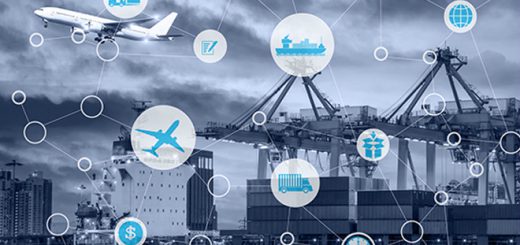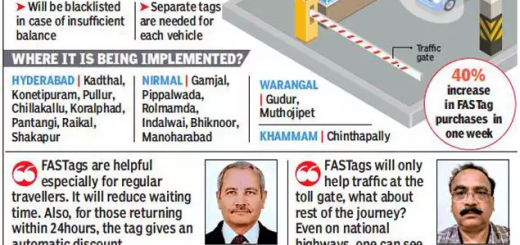How IoT Will Advance the Logistics Sector
Future and Present of Logistics
E-commerce has grown quickly on the global market in recent years, and logistics still have to deal with the rising demand, along with a lack of staff and poor financial results. Today’s top priority is to find new methods to optimise crucial operations so they can handle upcoming challenges. Modern techniques using the Internet of Things will streamline the procedure and increase its effectiveness.
Major Logistics Issues
The logistical procedures are frequently multi-staged and fairly complicated, requiring regular monitoring and ongoing improvement. Let’s have a look at the logistics process components that could profit from widespread IoT implementation:
- Storage and warehousing
- Planning, wrapping
- Inventory management
- Control of transportation
As the sector evolves, new difficulties emerge as a result of external variables such as the most recent worldwide market trends, increased client demands, and skyrocketing demand.

The Benefits of IoT in LogisticsTra
Through sensors, actuators, scalable cloud solutions, and user-friendly communication networks, IoT devices may gather and transfer data. The following are some benefits of IoT technologies for the logistics industry:
- keeping track of a driver’s and a car’s condition
- Real-time tracking and object identification
- Maintaining safe product handling and storage conditions
- Efficient data transfer
- Avoiding commercial interruptions because of widespread digitalization
- Estimated delivery time
- Control of the transportation process from a distance.
The transportation process will be more productive and economical using IoT technologies. Logistics management will find it simpler to keep track of goods, keep tabs on their condition, assign resources, cut shipping costs, and guarantee that they arrive safely at the warehouse, port, and final destination.
With IoT, traditional supply chain patterns are abandoned and the industry’s operational efficiency is raised. There won’t be any more media breaks in terms of communication thanks to the widespread use of real-time digital engagement in place of analog techniques like phone, paper, and fax. As a result, the entire shipment process, including resource allocation and transportation costs, is greatly streamlined.
Visit www.trucksuvidha.com for details.




Recent Comments